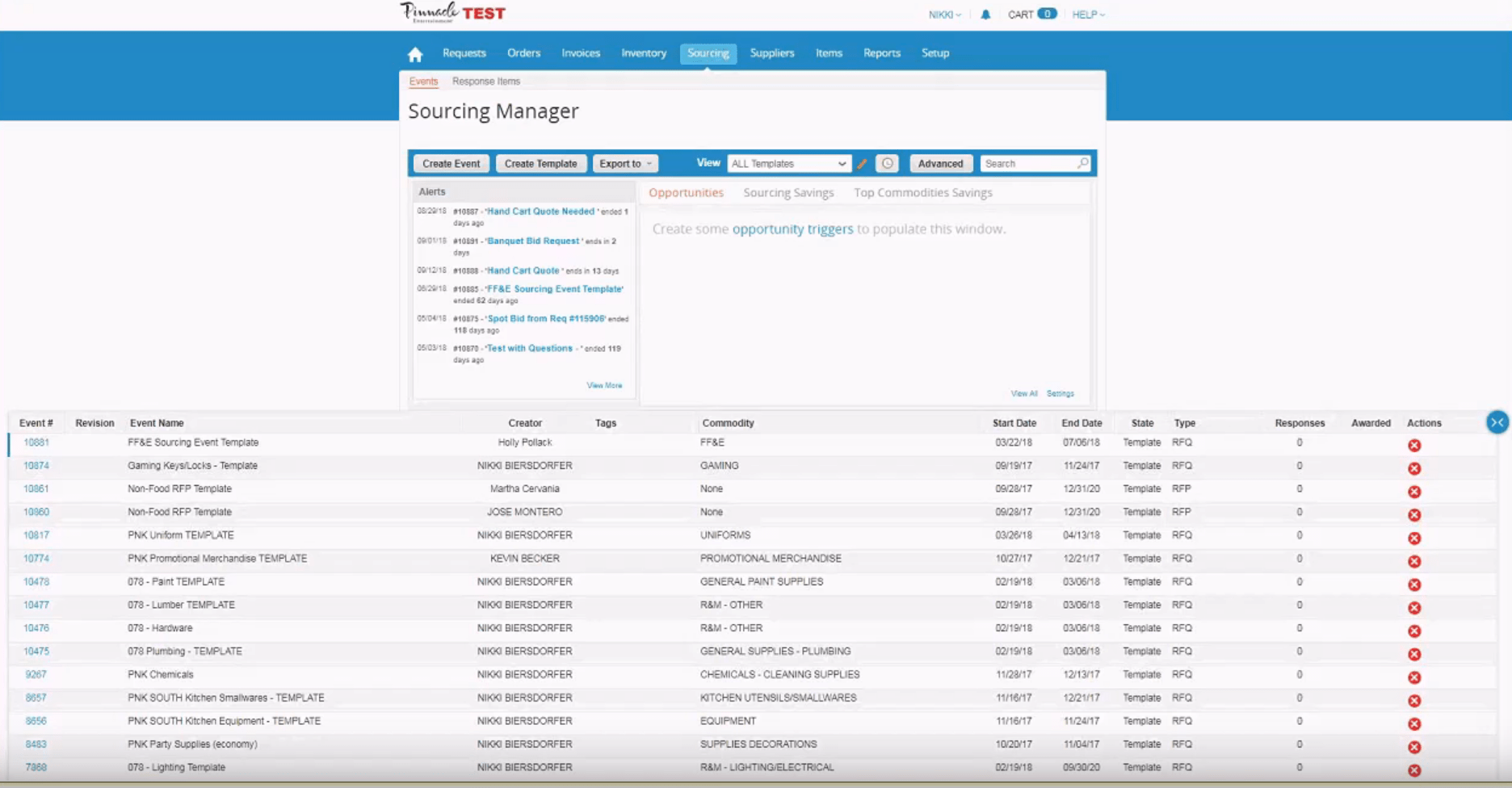

They may also set up a formal feedback loop connecting COE value with the business to drive continuous improvement. Leading organizations also establish a structured communication plan to drive awareness of capabilities and the value of the COE. They define a formal engagement plan with business leaders to feed their activity pipeline, including collaboration to approve, prioritize, and enable initiatives. Mature COEs build out infrastructure and processes that support connected decision-making and alignment across the organization. But the focus on process goes beyond the four walls of modeling and project delivery. Processes: A successful COE considers important processes that include modeling best practices and project methodoligies.Together, the team provides the knowledge, experience, and business relationships to not just identify opportunities, but also deliver value across the company. These skills usually include data, modeling, project management, and business subject matter expertise. People: A mix of people with relevant skills to cover the core aspects of a supply chain design COE is essential.A successful supply chain design COE focuses on four main pillars: people, process, technology, and strategy They formalize roles and responsibilities, capture and institutionalize knowledge, create feedback loops for continuous improvement, and deliver insights across the entire enterprise to drive value. Leading COEs bring the best of people, processes, technology, and strategy under one figurative roof. A well-supported supply chain design center of excellence (COE) is a business imperativeĪ properly supported, mature supply chain design COE helps your entire enterprise reduce risk, improve resilience, bring greater agility to your supply chain, and turn your challenges into a competitive advantage. This is where a supply chain design center of excellence comes in. But how do you approach this? How do you do it well? Supply chain experts know the importance of continuous supply chain design, which involves developing and refining optimal supply chain structures, policies, and flows. So how can you be sure your supply chain will adapt to these pressures rather than break under them? In today’s climate of inflation, tightening budgets, and geopolitical uncertainty that impacts supply chains, supply chain leaders are under increasing pressure to demonstrate value, cut costs, and improve profitability wherever possible. Last year, half of global supply chain leaders experienced at least three major disruptions in their supply chain.


 0 kommentar(er)
0 kommentar(er)
